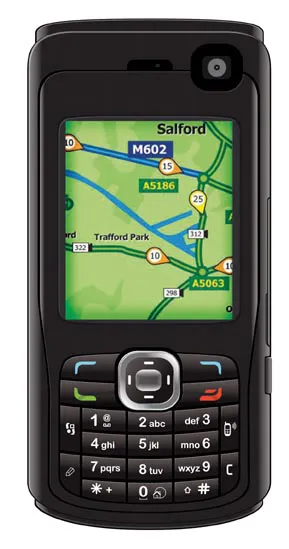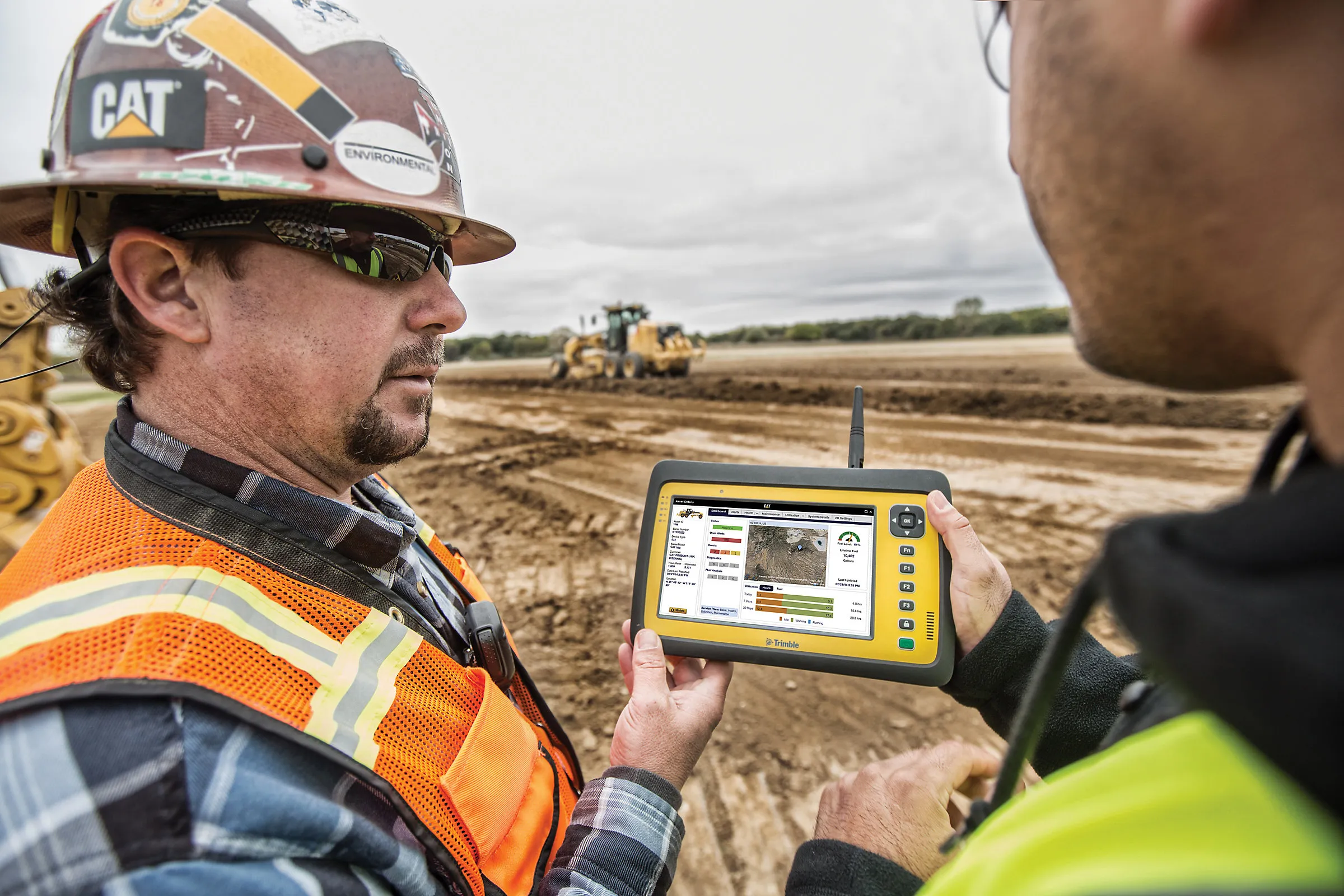While both the police and firefighting are recognised as occupations that carry dangers, nearly 13 per cent of the firefighters and police officers who die in the line of duty are killed in vehicle-related incidents, while fire trucks are involved in ten times as many collisions as other heavy trucks.
May 15, 2012
Read time: 3 mins
RSSWhile both the police and firefighting are recognised as occupations that carry dangers, nearly 13 per cent of the firefighters and police officers who die in the line of duty are killed in vehicle-related incidents, while fire trucks are involved in ten times as many collisions as other heavy trucks.
ITS engineers from5545 Maricopa County Department of Transportation (MCDoT) and University of Arizona researchers are developing a system that aims to radically lower these statistics and make signalised intersections safer for emergency responders and the general public, according to Faisal Saleem, MCDoT ITS engineer, and UA Systems and Industrial Engineering researcher, Dr. Larry Head.
Starting this week, MCDoT will begin testing of the3101 SmartDrive prototype, a state-of-the-art field lab for testing new transportation technologies systems for vehicle-to-vehicle and vehicle-to-roadway communications, including vehicle prioritisation at traffic lights, along a 3.7km stretch of Daisy Mountain Drive in the Anthem community just north of Phoenix.
The first MCDoT SmartDrive application to be tested is a vehicle prioritisation system which can simultaneously communicate and give traffic signal priority to multiple emergency vehicles converging at the same time at the same intersection. In the very near future, this experimental vehicle communication technology can help prevent emergency responders from colliding with one another at strategic intersections. Currently, traffic signal emergency pre-emptive technology simply provides a red light in all directions and is not able to accommodate multiple requests for traffic signal priority. As a result, emergency vehicles approaching an intersection are not aware of other emergency vehicles in the area, leading the drivers of both vehicles to think they have the right-of-way through an all-red intersection.
“This situation has led not only to many serious collisions involving emergency vehicles colliding into each other, but also accidents involving private vehicles and pedestrians,” said Saleem.
With the new technology, traffic control signals will have two-way communication with emergency vehicles, and the vehicles will be in communication with one another. When one or more emergency response vehicles are approaching an intersection from different directions, the SmartDrive multi-modal intelligent traffic signal system will selectively prioritise and notify all approaching emergency vehicles which vehicle has the right-of-way, thus significantly improving both intersection operation and safety.
“SmartDrive testing will advance connected vehicle technology and make intersections safer for emergency responders,” Saleem said. “We also hope it will improve response times where seconds can mean the difference between life and death.”
The MCDoT’s SmartDrive (connected vehicle) test bed in Anthem, along with5246 Caltrans’ test site in California, were both selected to serve as national test sites for the multi-modal intelligent traffic signal system applications funded by the 2364 US Department of Transportation and the Cooperative Transportation Systems Pooled Fund Study (CTS PFS). Over the next year, these sites will collect and exchange data to develop and design a test plan to implement system and operational requirements for the futuristic multi-modal intelligent traffic signal system.
Led by CTS PFS, the multi-agency study team will focus on the design, analysis, field testing and demonstration of the new intelligent traffic signal system that will allow traffic data to be shared between roadway infrastructure (ITS equipment/software) and passenger, transit, emergency and freight vehicles and even pedestrians, using the wireless communication system within MCDoT’s SmartDrive connected vehicle environment.
The MCDoT SmartDrive field test involves six interconnected traffic lights along Daisy Mountain Drive in Anthem. Test equipment including dedicated short-range communication devices, integrated WiFi Bluetooth connections, closed-circuit TV cameras, traffic detection and data collection software programmes, fibre optic signal interconnect systems, and communication connections to MCDoT’s traffic management centre located in south Phoenix were installed over the summer and software application testing is currently underway.
ITS engineers from
Starting this week, MCDoT will begin testing of the
The first MCDoT SmartDrive application to be tested is a vehicle prioritisation system which can simultaneously communicate and give traffic signal priority to multiple emergency vehicles converging at the same time at the same intersection. In the very near future, this experimental vehicle communication technology can help prevent emergency responders from colliding with one another at strategic intersections. Currently, traffic signal emergency pre-emptive technology simply provides a red light in all directions and is not able to accommodate multiple requests for traffic signal priority. As a result, emergency vehicles approaching an intersection are not aware of other emergency vehicles in the area, leading the drivers of both vehicles to think they have the right-of-way through an all-red intersection.
“This situation has led not only to many serious collisions involving emergency vehicles colliding into each other, but also accidents involving private vehicles and pedestrians,” said Saleem.
With the new technology, traffic control signals will have two-way communication with emergency vehicles, and the vehicles will be in communication with one another. When one or more emergency response vehicles are approaching an intersection from different directions, the SmartDrive multi-modal intelligent traffic signal system will selectively prioritise and notify all approaching emergency vehicles which vehicle has the right-of-way, thus significantly improving both intersection operation and safety.
“SmartDrive testing will advance connected vehicle technology and make intersections safer for emergency responders,” Saleem said. “We also hope it will improve response times where seconds can mean the difference between life and death.”
The MCDoT’s SmartDrive (connected vehicle) test bed in Anthem, along with
Led by CTS PFS, the multi-agency study team will focus on the design, analysis, field testing and demonstration of the new intelligent traffic signal system that will allow traffic data to be shared between roadway infrastructure (ITS equipment/software) and passenger, transit, emergency and freight vehicles and even pedestrians, using the wireless communication system within MCDoT’s SmartDrive connected vehicle environment.
The MCDoT SmartDrive field test involves six interconnected traffic lights along Daisy Mountain Drive in Anthem. Test equipment including dedicated short-range communication devices, integrated WiFi Bluetooth connections, closed-circuit TV cameras, traffic detection and data collection software programmes, fibre optic signal interconnect systems, and communication connections to MCDoT’s traffic management centre located in south Phoenix were installed over the summer and software application testing is currently underway.









